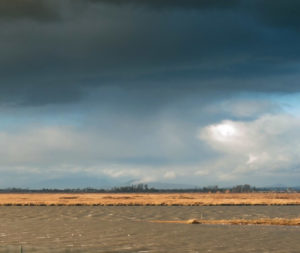 Deep Sky, the Montreal-based carbon removal project developer, has secured investment from two of Canada’s preeminent financial institutions. National Bank of Canada and BMO have collectively invested $2.5M CAD, demonstrating their support of Deep Sky’s development of carbon removal infrastructure… Deep Sky is working to build large-scale carbon removal and storage infrastructure in Canada, with initial sites in Alberta and Québec… It is the world’s first tech-agnostic carbon removal project developer aiming to remove gigatons of carbon from the atmosphere and permanently store it underground.
Deep Sky, the Montreal-based carbon removal project developer, has secured investment from two of Canada’s preeminent financial institutions. National Bank of Canada and BMO have collectively invested $2.5M CAD, demonstrating their support of Deep Sky’s development of carbon removal infrastructure… Deep Sky is working to build large-scale carbon removal and storage infrastructure in Canada, with initial sites in Alberta and Québec… It is the world’s first tech-agnostic carbon removal project developer aiming to remove gigatons of carbon from the atmosphere and permanently store it underground.
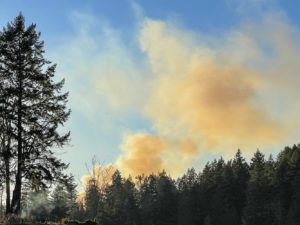 Wildfires in the North American boreal forest burn vast tracts of land every year, continuously changing the terrain while affecting plant physiology, permafrost thaw and carbon fluxes. Climate warming has been shown to lead to larger areas being burned annually, as seen in the record fire season of 2023 that burned a land mass about seven times greater than an average fire year. Now new research, published in
Wildfires in the North American boreal forest burn vast tracts of land every year, continuously changing the terrain while affecting plant physiology, permafrost thaw and carbon fluxes. Climate warming has been shown to lead to larger areas being burned annually, as seen in the record fire season of 2023 that burned a land mass about seven times greater than an average fire year. Now new research, published in 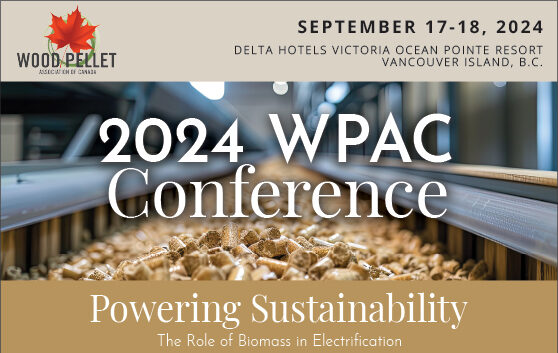


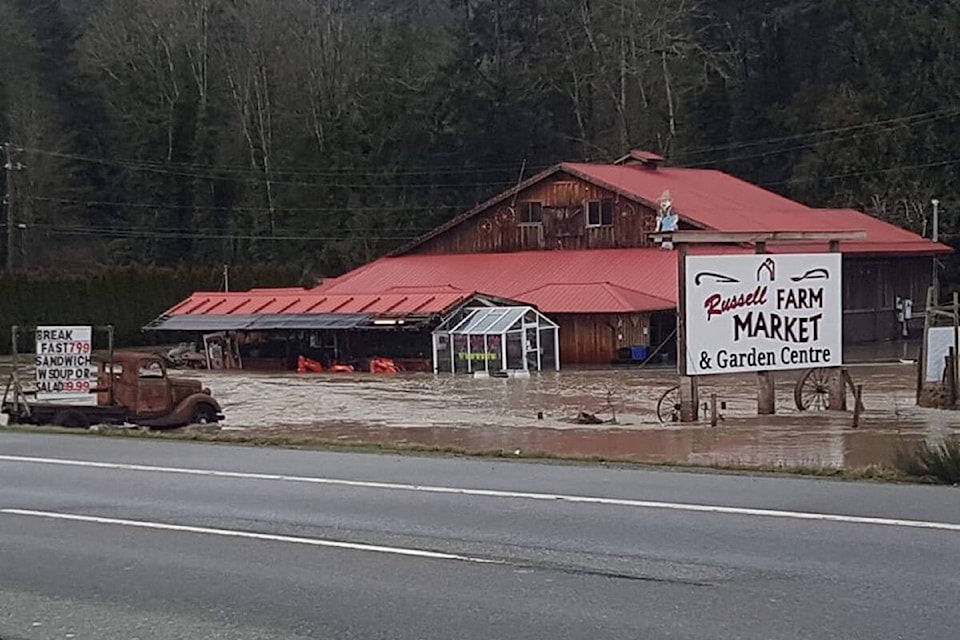
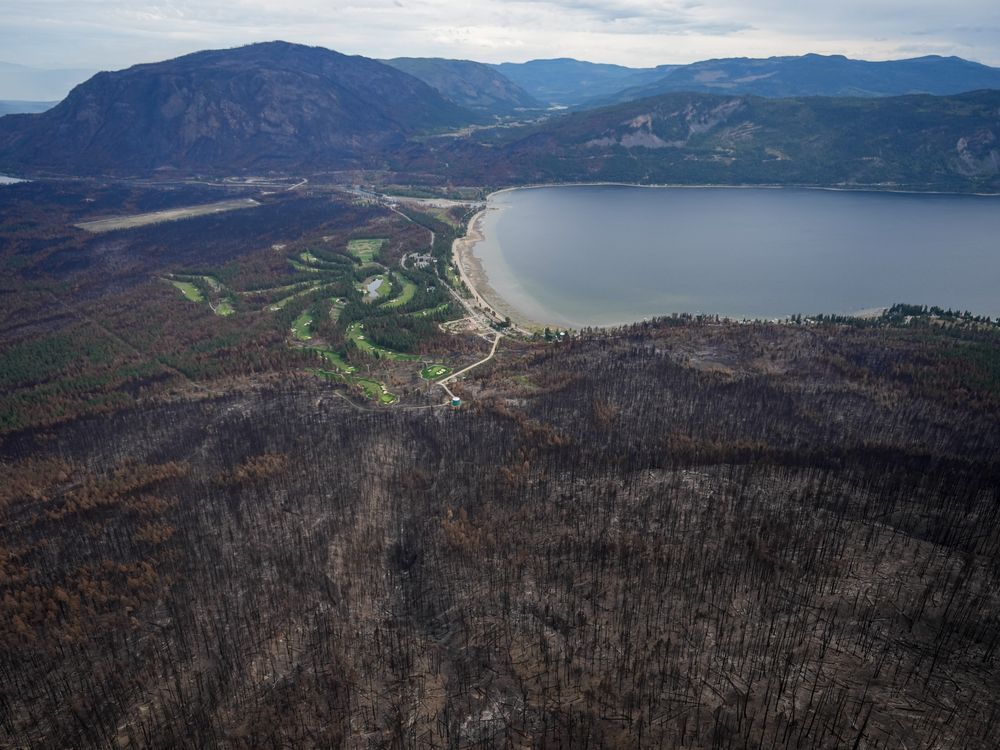
 WASHINGTON — To figure out what really works when nations try to fight climate change, researchers looked at 1,500 ways countries have tried to curb heat-trapping gases. Their answer: Not many have done the job. And success often means someone has to pay a price, whether at the pump or elsewhere. In only 63 cases since 1998, did researchers find policies that resulted in significant cuts of carbon pollution, a new study in Thursday’s
WASHINGTON — To figure out what really works when nations try to fight climate change, researchers looked at 1,500 ways countries have tried to curb heat-trapping gases. Their answer: Not many have done the job. And success often means someone has to pay a price, whether at the pump or elsewhere. In only 63 cases since 1998, did researchers find policies that resulted in significant cuts of carbon pollution, a new study in Thursday’s 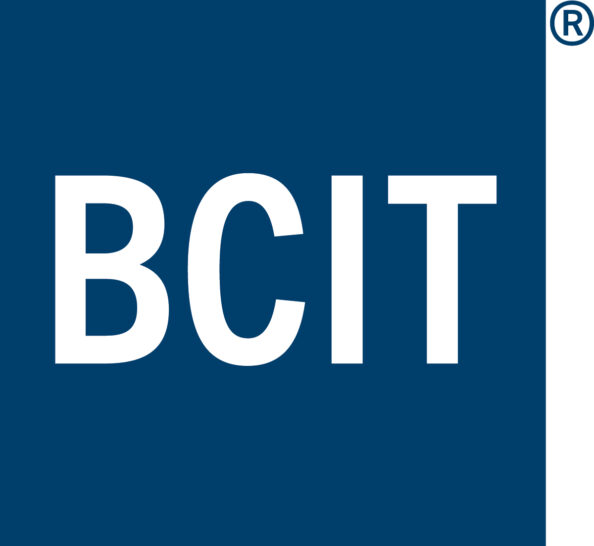 From forest fires to floods, Canadians are not immune to the ever-worsening effects of the climate crisis. But why is it so difficult to engage people, organizations, and policymakers on the need for urgent action to mitigate the effects of our changing climate BCIT launched a new 12-week, Flexible Learning course,
From forest fires to floods, Canadians are not immune to the ever-worsening effects of the climate crisis. But why is it so difficult to engage people, organizations, and policymakers on the need for urgent action to mitigate the effects of our changing climate BCIT launched a new 12-week, Flexible Learning course, 

 New, low-carbon construction materials and technologies allow us to build and use greener, climate-resilient homes in Canada. …The Government of Canada announced a federal contribution of more than $2.8 million to FPInnovations for three projects. The funding includes investments to support the use of low-carbon Canadian wood in the Canadian construction market and a project to support the use of zero-emissions vehicles in the forestry and commercial transportation sectors. These investments are provided through Natural Resources Canada’s Green Construction through Wood program and the Zero Emission Vehicle Awareness Initiative. …The FPInnovations research will enable the commercialization of various wood building systems and to generate the necessary data to enable these wood-based systems to be adopted in Canadian building codes. …FPInnovations will also develop resources to support the use of vehicles that are zero-emission or use clean fuels…
New, low-carbon construction materials and technologies allow us to build and use greener, climate-resilient homes in Canada. …The Government of Canada announced a federal contribution of more than $2.8 million to FPInnovations for three projects. The funding includes investments to support the use of low-carbon Canadian wood in the Canadian construction market and a project to support the use of zero-emissions vehicles in the forestry and commercial transportation sectors. These investments are provided through Natural Resources Canada’s Green Construction through Wood program and the Zero Emission Vehicle Awareness Initiative. …The FPInnovations research will enable the commercialization of various wood building systems and to generate the necessary data to enable these wood-based systems to be adopted in Canadian building codes. …FPInnovations will also develop resources to support the use of vehicles that are zero-emission or use clean fuels…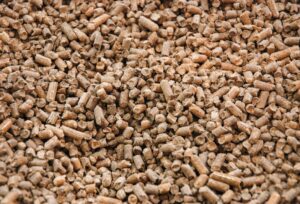 Renewables are expected to account for 23% of U.S. electricity generation this year, increasing to 25% in 2025, according to the U.S. Energy Information Administration’s Latest Short-Term Energy Outlook. Biomass accounted for 2.44% of U.S. renewable electricity generation last year, and is expected to account for 2.19% in 2024 and 1.99% in 2025. The U.S. electric power sector had 2.7 gigawatts (GW) of waste biomass capacity and 2.3 GW of wood biomass capacity in place at the end of 2023. Those levels of capacity are expected to remain unchanged in 2024 and 2025.
Renewables are expected to account for 23% of U.S. electricity generation this year, increasing to 25% in 2025, according to the U.S. Energy Information Administration’s Latest Short-Term Energy Outlook. Biomass accounted for 2.44% of U.S. renewable electricity generation last year, and is expected to account for 2.19% in 2024 and 1.99% in 2025. The U.S. electric power sector had 2.7 gigawatts (GW) of waste biomass capacity and 2.3 GW of wood biomass capacity in place at the end of 2023. Those levels of capacity are expected to remain unchanged in 2024 and 2025.

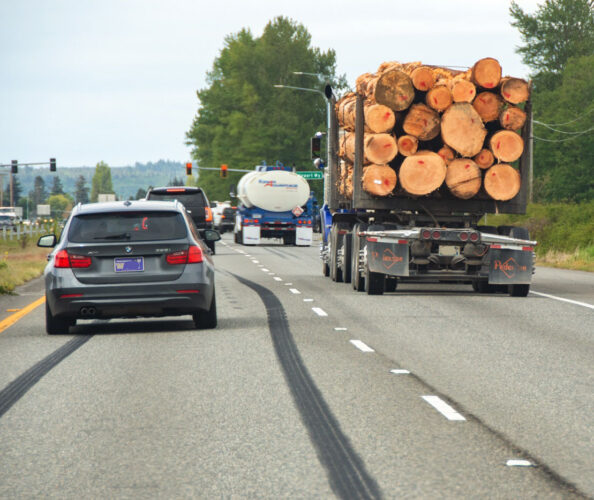 The California Governor’s Office of Planning and Research on Aug. 27 filed comments with the California Air Resource Board expressing concern over the treatment of forest biomass waste and provisions governing where biomass can and cannot be sourced included the agency’s proposed changes to California’s Low Carbon Fuel Standard. “We believe that these amendments risk undermining the state’s ongoing efforts to meet its ambitious wildfire prevention, forest resilience and climate goals,” wrote Samuel Assefa, director of the Governor’s Office of Planning and Research, in the comments. In his comments, Assefa notes that CARB’s 2022 Scoping Plan for Achieving Carbon Neutrality identified the need for an expansion in wood biomass residue utilization, particularly from forest and agricultural residues, as necessary for achieving carbon neutrality by 2024.
The California Governor’s Office of Planning and Research on Aug. 27 filed comments with the California Air Resource Board expressing concern over the treatment of forest biomass waste and provisions governing where biomass can and cannot be sourced included the agency’s proposed changes to California’s Low Carbon Fuel Standard. “We believe that these amendments risk undermining the state’s ongoing efforts to meet its ambitious wildfire prevention, forest resilience and climate goals,” wrote Samuel Assefa, director of the Governor’s Office of Planning and Research, in the comments. In his comments, Assefa notes that CARB’s 2022 Scoping Plan for Achieving Carbon Neutrality identified the need for an expansion in wood biomass residue utilization, particularly from forest and agricultural residues, as necessary for achieving carbon neutrality by 2024.




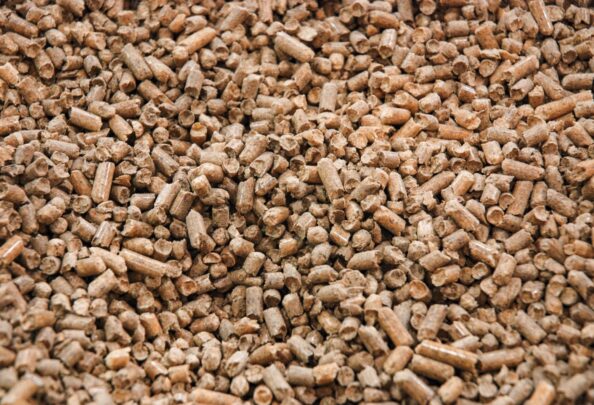 The Enviva Biomass plant, which opened in Hamlet, North Carolina in 2019, is part of a global expansion in the use of wood — or solid biomass — to generate electricity. Pellet companies advertise their products as a renewable-energy source that lowers carbon emissions, and the European Union agrees, which has spurred many countries, including the United Kingdom, Belgium and Denmark, to embrace this form of energy. …But opposition is building on many fronts. An expanding body of research shows that burning solid biomass to generate electricity often emits huge amounts of carbon — even more than burning coal does. …In Hamlet, 45% of the population identifies as Black, and in the tiny community closest to the mill, about 90% of people are Black, says Debra David, a local resident and activist. She calls the Enviva operation a clear case of environmental racism — layering environmental burdens on an already vulnerable population.
The Enviva Biomass plant, which opened in Hamlet, North Carolina in 2019, is part of a global expansion in the use of wood — or solid biomass — to generate electricity. Pellet companies advertise their products as a renewable-energy source that lowers carbon emissions, and the European Union agrees, which has spurred many countries, including the United Kingdom, Belgium and Denmark, to embrace this form of energy. …But opposition is building on many fronts. An expanding body of research shows that burning solid biomass to generate electricity often emits huge amounts of carbon — even more than burning coal does. …In Hamlet, 45% of the population identifies as Black, and in the tiny community closest to the mill, about 90% of people are Black, says Debra David, a local resident and activist. She calls the Enviva operation a clear case of environmental racism — layering environmental burdens on an already vulnerable population.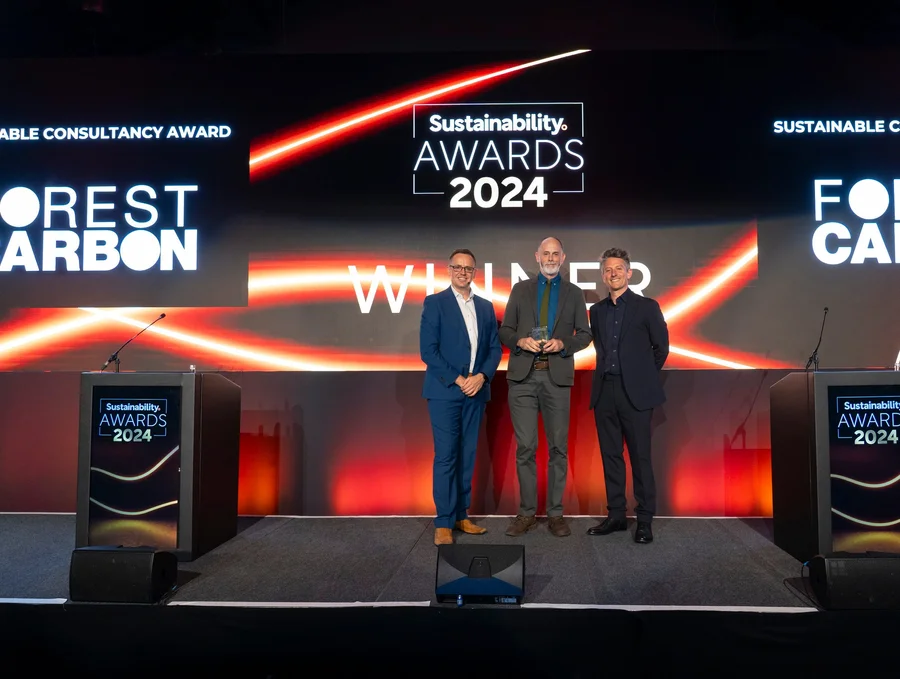




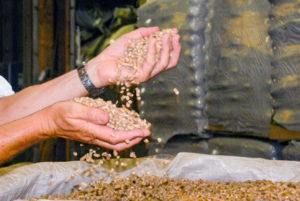 LONDON — The cooling towers of the giant Drax power station loom over rural North Yorkshire as a reminder of Britain’s grimy past – and as a beacon of its efforts to create a net zero economy by 2050. The power plant was once one of the largest coal-burners in Europe, and a lightning rod for campaigners against fossil fuels in the UK’s electricity system. Today, its owners claim to be the UK’s largest renewable energy power plant – burning 7m tonnes of biomass pellets a year. But this power plant’s green revolution is not without its sceptics. Green groups and climate scientists insist Drax remains the largest single source of carbon emissions in the UK, and that its FTSE 250 owners should not have been allowed to claim billions of pounds in renewable energy subsidies. …The battle between the two camps has reignited as the government prepares to decide whether to extend a subsidy scheme.
LONDON — The cooling towers of the giant Drax power station loom over rural North Yorkshire as a reminder of Britain’s grimy past – and as a beacon of its efforts to create a net zero economy by 2050. The power plant was once one of the largest coal-burners in Europe, and a lightning rod for campaigners against fossil fuels in the UK’s electricity system. Today, its owners claim to be the UK’s largest renewable energy power plant – burning 7m tonnes of biomass pellets a year. But this power plant’s green revolution is not without its sceptics. Green groups and climate scientists insist Drax remains the largest single source of carbon emissions in the UK, and that its FTSE 250 owners should not have been allowed to claim billions of pounds in renewable energy subsidies. …The battle between the two camps has reignited as the government prepares to decide whether to extend a subsidy scheme.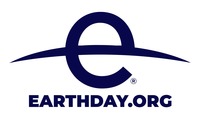
 Ottawa, Ont.-based carbon reduction company Invert Inc., and Merida, YU-based carbon project developer, The Earth Lab, have announced the successful first issuance of more than 380,000 high-quality, North American Improved Forest Management (IFM) Climate Reserve Tonnes (CRT) to market. Invert said in a press release the issuance marks a significant milestone in the organizations’ projects in the Yucatan Peninsula and their shared strategy to develop high-quality carbon projects to combat climate change, promote sustainable development, and empower local communities. Bonos Laguna Síjil Noh-Há — a collaborative endeavor between Invert, Earth Lab, and the local ejido community — has been verified under the Climate Action Reserve’s Mexico Forest Protocol version 3.0. This verification confirms the project’s impact in preserving and enhancing forest carbon stocks through sustainable management practices.
Ottawa, Ont.-based carbon reduction company Invert Inc., and Merida, YU-based carbon project developer, The Earth Lab, have announced the successful first issuance of more than 380,000 high-quality, North American Improved Forest Management (IFM) Climate Reserve Tonnes (CRT) to market. Invert said in a press release the issuance marks a significant milestone in the organizations’ projects in the Yucatan Peninsula and their shared strategy to develop high-quality carbon projects to combat climate change, promote sustainable development, and empower local communities. Bonos Laguna Síjil Noh-Há — a collaborative endeavor between Invert, Earth Lab, and the local ejido community — has been verified under the Climate Action Reserve’s Mexico Forest Protocol version 3.0. This verification confirms the project’s impact in preserving and enhancing forest carbon stocks through sustainable management practices.

 BRAZIL — Extreme weather has made 2023 virtually certain to be the warmest year on record, signaling unprecedented climate and biodiversity crises. Brazil, the world’s most biodiverse country, with two hotspots and complex social and economic layers, has experienced escalating environmental degradation over the past years. Alarming rates of native vegetation loss, wildfires, severe and prolonged droughts, and heatwaves have adversely impacted several Brazilian ecosystems and societies. Despite the country’s decisive role in global carbon neutrality, bridging the gap between Brazil’s discourse on the international stage and its concrete actions at home remains a significant challenge. This correspondence underscores the urgent imperative for national engagement and commitment to halt and mitigate these crises.
BRAZIL — Extreme weather has made 2023 virtually certain to be the warmest year on record, signaling unprecedented climate and biodiversity crises. Brazil, the world’s most biodiverse country, with two hotspots and complex social and economic layers, has experienced escalating environmental degradation over the past years. Alarming rates of native vegetation loss, wildfires, severe and prolonged droughts, and heatwaves have adversely impacted several Brazilian ecosystems and societies. Despite the country’s decisive role in global carbon neutrality, bridging the gap between Brazil’s discourse on the international stage and its concrete actions at home remains a significant challenge. This correspondence underscores the urgent imperative for national engagement and commitment to halt and mitigate these crises.
